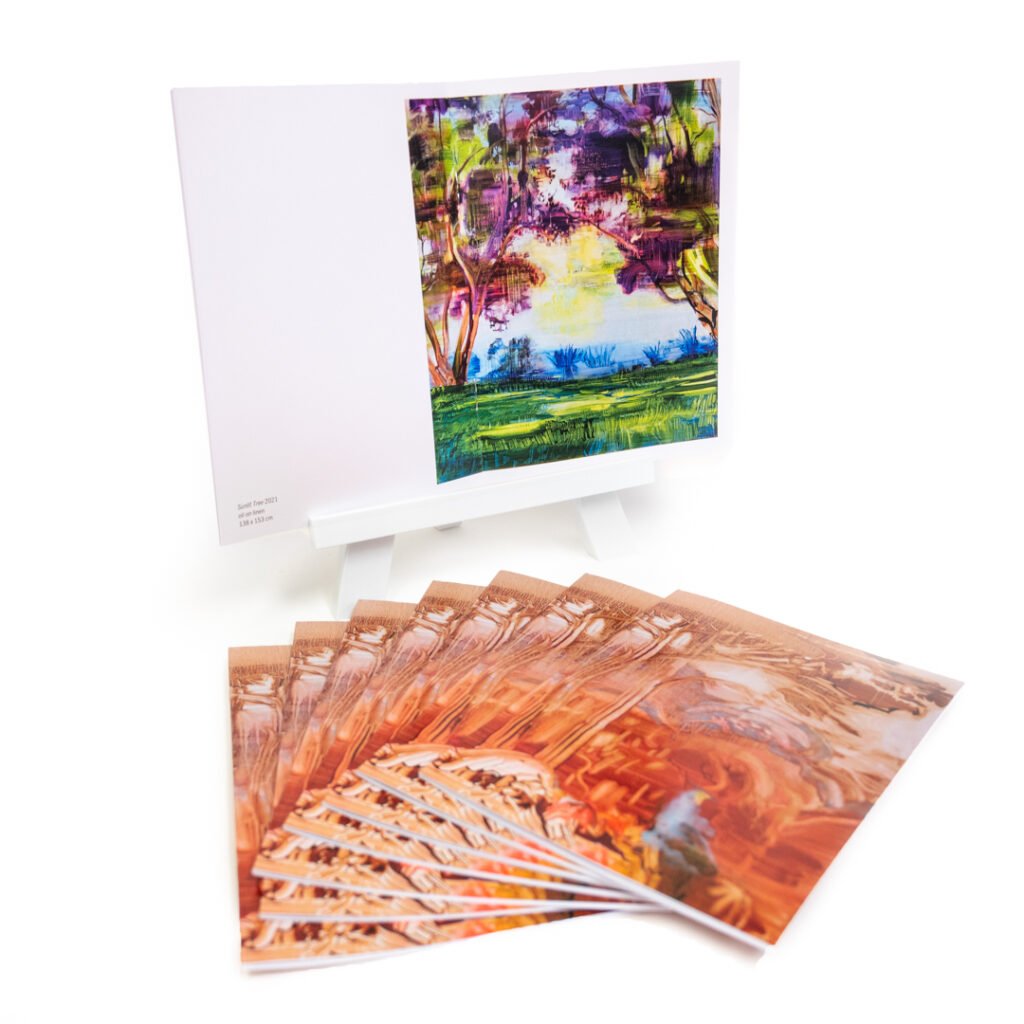What is bleed in printing?
Share this article:

How To Add Bleed During Document Set Up In Adobe Indesign
What is bleed in printing? To understand why you need bleed – it is helpful to understand what bleed is, in a commercial printing context.
You might be familiar with multi function office printers, or your home office printer, that print only an A4 or A3 size.
If you’ve ever tried to print out something that, on the screen, has colour to the edge, you will have noticed there will be a white border around it.
In commercial printing, we actually print on a larger size sheet then trim this down on our guillotines.
This provides a full bleed – or, colour to edge result.
Printing on a larger sheet means we can fit more copies of your artwork on the one sheet – therefore – we can keep costs very competitive without compromising quality.
The actual trimming down process is why we need bleed on your artwork. We trim anywhere from 50-500 leaves of paper or more at a time, and when the guillotine trims the sides, it is natural for some of the sheets to move very slightly.
If you supply us the artwork without bleed – there is a chance that during the trimming, with this movement in mind – there could be some white edge (or whatever the paper colour is) on your prints.
In other words – bleed allows for the best print outcome, especially if you have colour or imagery that extends to each edge.
Adding bleed to your artwork is very easy!
We require 3mm bleed on each edge of the artwork. So resize your artboard or document (depending on what software you are using) to ensure bleed is included.
For example: A4 size (210x297mm) with bleed included, is 222x309mm.
For best results, add bleed during the document set up.
If you are using InDesign or Illustrator, in the Bleed settings – enter 3mm on each edge. This will give you a red line in your document, which makes it easier to visually see where the trim edge and bleed are. This means when you export your document to PDF, in the ‘Marks and Bleeds’ tab, simply tick ‘ Use document bleeds’.
Read more about setting up print ready files on our artwork set up page.
Hopefully this helps to understand what bleed is in printing, why you need it and how to add it.







